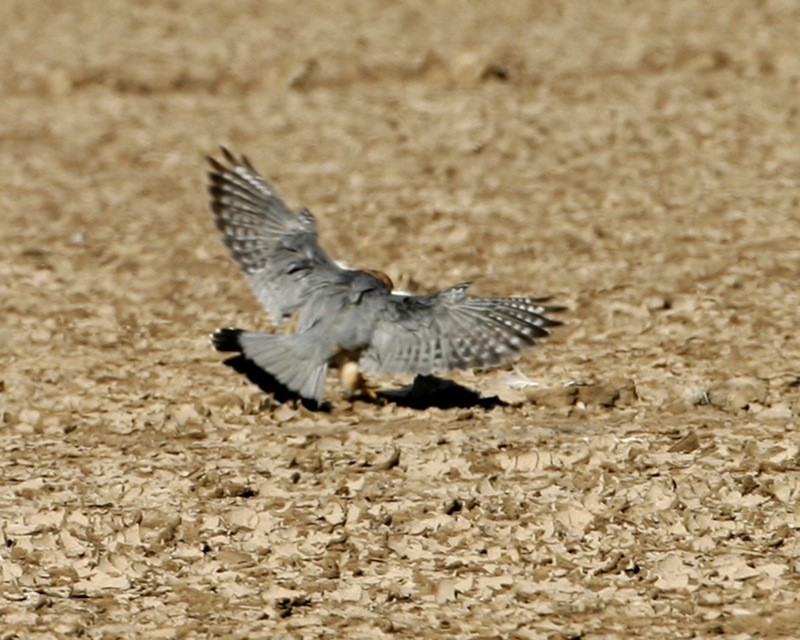Merlin
A species of True Falcons, Also known as Le Petit Caporal, Bullet Hawk Scientific name : Falco columbarius Genus : True Falcons
Merlin, A species of True Falcons
Also known as:
Le Petit Caporal, Bullet Hawk
Botanical name: Falco columbarius
Genus: True Falcons
Content
Description People often ask General Info
 Photo By Lip Kee Yap , used under CC-BY-SA-2.0 /Cropped and compressed from original
Photo By Lip Kee Yap , used under CC-BY-SA-2.0 /Cropped and compressed from original Description
A small falcon, the merlin is also a fierce hunter with a rich history. Noblewomen used the falcon in medieval times to hunt skylarks, giving the bird the nickname ‘lady hawk’. Unlike other birds, this falcon does not build nests. Instead. It takes over old nests usually constructed by crows or other species of raptors.
Size
28 - 33 cm
Colors
Brown
Black
Gray
Life Expectancy
11 years
Nest Placement
Tree
Clutch Size
4 - 5 eggs
Number of Broods
28 - 32 days
Feeding Habits
Merlin's diet primarily consists of small to medium-sized birds, captured in acrobatic midair pursuits. They employ high-speed horizontal or upward attacks and may utilize cooperative hunting tactics. Additionally, merlin feeds on large insects, bats, nestling birds, and small mammals.
Habitat
Merlin occupy varied open and semiopen landscapes, including coniferous woodlands, prairie groves, and coastal areas, adapting to different climates from northern North America to parts of Latin America. They thrive near forest clearings and water bodies. While migrating, they frequent foothills and marshes, with winter habitats extending from western to southern United States and on to Ecuador.
Nest Behavior
Merlin do not build nests but reuse old ones with ample vantage points. They seldom reoccupy a nest, timing egg-laying to spring, and sharing limited parental duties.
Nest Characteristics
Merlin typically occupy abandoned crow, hawk, or magpie nests in conifers or deciduous trees, without alterations. Nests vary in size, reflecting the original architect's dimensions.
Dite type
Avivorous
People often ask
General Info
Feeding Habits
Bird food type
Behavior
Merlins exhibit robust and agile flight, typically cruising at 30 mph, with swifter bursts during predatorial pursuits. renowned for their high-paced wing flaps, they dominate their airspace, especially in breeding seasons when they vehemently defend their territories. These birds engage in seasonal monogamy, displaying mesmerizing aerial courtships, from synchronized dives to fluttery dances. Monarchs of their high-altitude realm, both sexes assert dominance by soaring near the nest, with males impressing through food offerings and postural exhibitions. In contrast to breeding collectivism, non-mating merlins lead a solitary existence, occasionally migrating in casual flocks, sharing winter roosts, or forming temporary monogamous winter pairs. Despite their dauntlessness, adult merlins must remain vigilant against larger avian predators.
Species Status
Altogether, the merlin is not particularly rare, and due to this and its wide range it is considered a species of least concern by the IUCN. Its numbers are—except in the Asian part of its range, where the situation is less well determined—regularly censused. It is listed on CITES Appendix II and on a local level protected as other birds of prey; while some countries allow to capture merlins, e. g. for falconry, international trade requires an export permit. 
Scientific Classification
Phylum
Chordates Class
Birds Order
Diurnal Birds of Prey Family
Falcons and caracaras Genus
True Falcons Species
Merlin